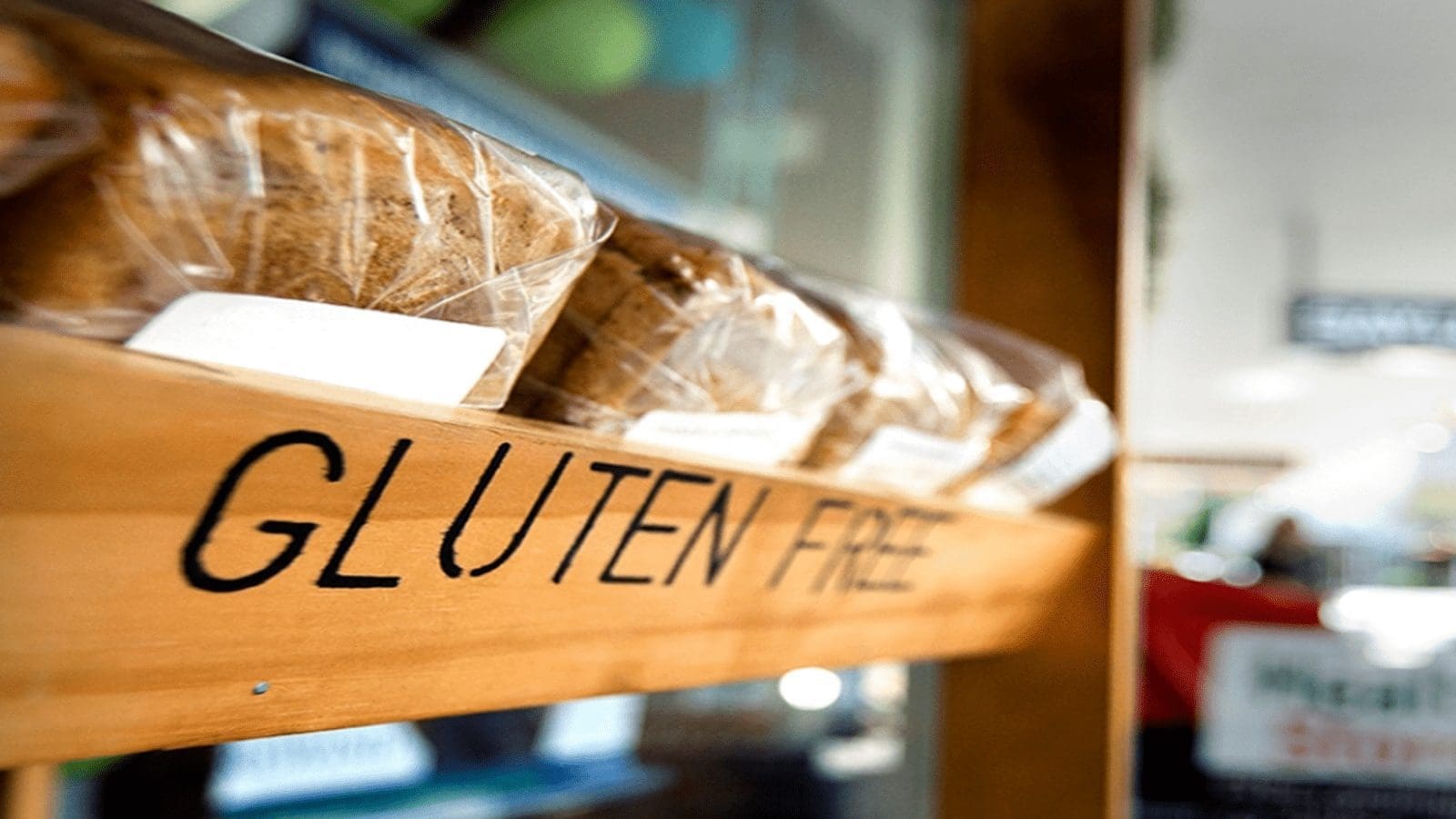KENYA – The government has blocked millers from buying 20,000 bags of maize directly from the Galana irrigation scheme.
The 1,800 tonnes is the first harvest from the ambitious project on a 500-acre parcel of the 1.2-acre project.
According to National Irrigation Board (NIB) General Director, Mr Daniel Barasa, four millers had approached the NIB for the maize but the government directed that the maize should be stored at the National Cereals and Produce Board (NCPB) silos in Voi.
“We were approached by four private millers willing to buy all the maize but we will go with NCPB. We are expecting to harvest 40 bags per acre,” Mr Barasa said.
IB Site Chief Engineer Henry Ocheire said the model farm would start harvesting 165 acres in the next two weeks.
A further 335 acres will be harvested in the next one month. A combine harvester is already in place to start the exercise on Monday.
The government wants the whole project to plug a maize deficit of 20 million bags by cultivating 250,000 acres of the Galana-Kulalu complex.
This will make up 41 per cent of the country’s annual maize consumption of 48 million bags.
MAIZE DEFICIT
Kenya has contracted Israeli firm Green Arava to develop a 10,000-acre model farm before opening the rest of the one-million-acre scheme to private farmers.
However, the project will initially cover only 500,000 acres after a 1.8-cubic-metre dam is set up on the Galana river in the next three years.
Initially, the plan was to have 250,000 acres under maize, 100 acres under sugarcane and the rest under other crops. Livestock fattening will also be introduced.
The other half will come under irrigation once the High Grand Falls Dam is tapped from river Tana, 200 kilometres away.
The government would provide the dam irrigation infrastructure and the model farm would recommend the best seed, fertilizer and water regimes.
Currently, 13 different maize seed genes have been planted and the harvest will help the NIB isolate the best variety for the area.
Mr Barasa said the government might compel the private farmers to plant certain crops since the aim of the project is to ensure food security.
This will essentially come in handy since the project will be forced to rotate crops every two years disrupting their ability to effectively plug the maize deficit in the country continuously.
INFLUENCE PRICES
“The farmers will have to agree to have a section with maize, and yes the government will have a say in what they grow,” Mr Barasa said.
The government, through the Strategic Food Reserve Oversight Board, intends to influence maize prices through periodic balancing of the market by injecting supply whenever it dips and pushes prices up.
The Galana project will include a milling and storage facility that is expected to be set up in the next three months.
The state-of-the-art facility will have the ability to process and package the flour for sale immediately after leaving the farm.
Mr Barasa said the main aim of the project would be to eliminate maize imports to fill the deficit but not to drive down prices pushing farmers out of the market.
The new maize will, however, go at the NCPB price of Sh2,300, which acting Agriculture Cabinet Secretary Adan Mohamed announced last week when he said the government would release 800,000, 90kg bags of maize to millers, schools and other learning institutions.
CARTELS
Mr Mohamed had said that by selling the maize against the market price of Sh2,900, cartels hoarding maize in hopes that the prices will increase will be forced to sell too.
Most brands were selling a 2-kilogram packet of maize flour at Sh114 in August, up from Sh88 in January this year.
The CS said the government, through its Strategic Food Reserve Oversight Board, wants to bring down the price to below Sh100.
Mr Mohamed said the Strategic Food Reserve Oversight Board will operate as the Central Bank to correct erratic market behaviour by periodically releasing reserves in the NCPB silos.
This makes projects such as Galana significant in meeting targets within the government.
The national maize stock as of September 1 stood at 14.6 million bags, with farmers holding 6.7 million bags. Traders had 2.3 million bags, with millers’ stocks standing at 1.1 million bags.
The NCPB had 4 million bags of maize at the beginning of the month.
The current maize balance sheet shows that available stocks are adequate to meet national needs for the next four months, with a surplus of 12 million bags by December 2015
September 10, 2015; http://www.nation.co.ke/business/-Millers-blocked-for-Galana-maize-harvest/-/996/2863800/-/cndg9kz/-/index.html








